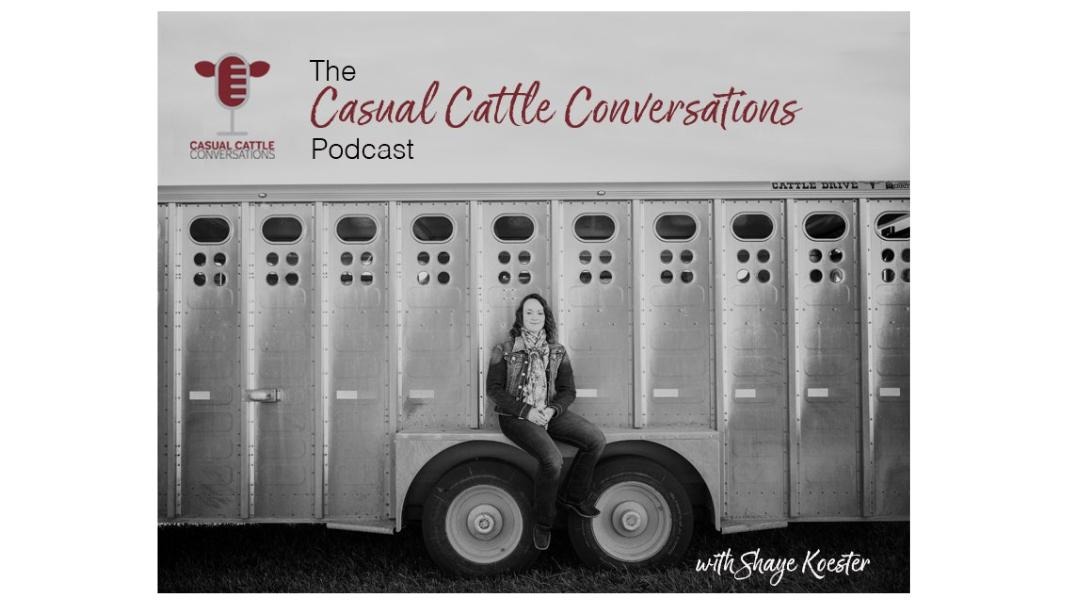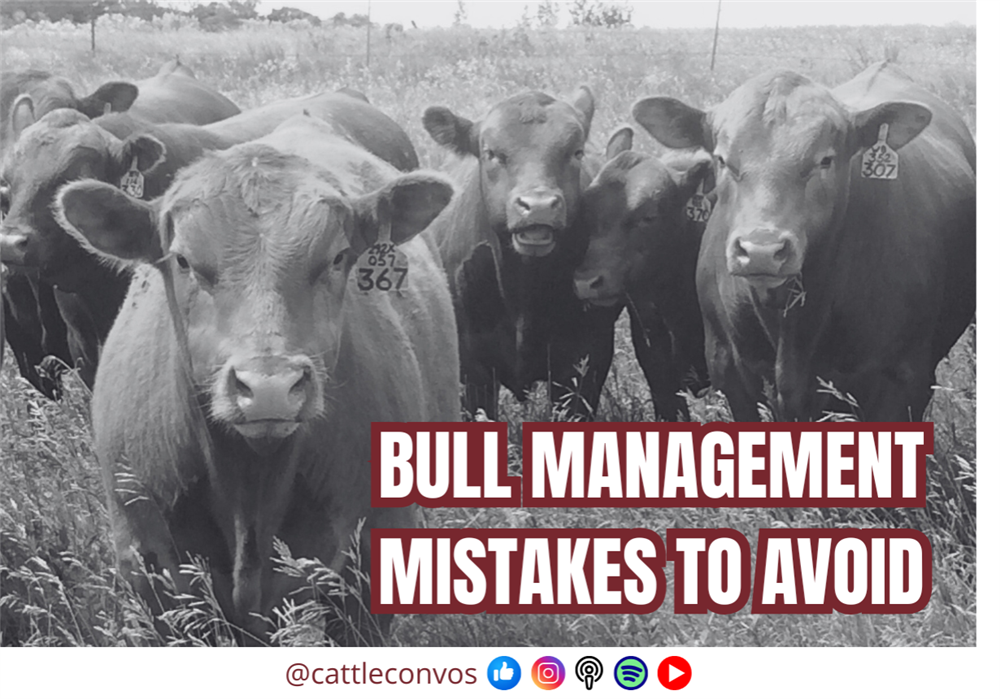Bull Fertility 101: Genetics, Soundness Exams & Vet Collaboration | Jennifer Koziol
Tuesday, April 29, 2025
Reference: Podcast Corner

Bull Fertility 101: Genetics, Soundness Exams & Vet Collaboration | Jennifer Koziol
April 28, 2025 | Written By Shaye Koester
Too often bulls slip through the cracks on cow-calf operations which only results in more expenses. “The bull is one of the most impactful pieces of any cow-calf herd,” says Jennifer Koziol – Associate Professor of Food Animal Medicine and Surgery at Texas Tech University. From genetic potential to their primary job of breeding cows, bulls are a necessity that need to be taken care of to ensure optimal performance.
Optimal performance for bulls starts with the seedstock supplier. Proper dam nutrition throughout her lifetime and proper nutrition for the bull’s first six months of life impact testicular development. Jennifer says, “A lot of the cell populations in the testicle are developed before the bull is 6 months of age.” Once these cells are developed, there is no going back to make up for lost nutrition.
After the initial six months of life, developing bulls on a moderate rate of gain and providing them with an environment to walk and exercise creates a smoother transition for them as they adjust to new ranches and breeding season.

Click Here to listen to Shaye's Podcast
The seedstock supplier is only in control of the first 12 to 24 months of development and care. After that, it is on the buyer to set them up for success. The start of this process can look like a brief quarantine, diet adjustment and of course re-conducting a breeding soundness exam prior to turnout.
She says, “Producers let a lot of bulls remain in the herd that are sub-fertile and those bulls are costing ranchers dollars.”
Complete breeding soundness exams should be done before every breeding season and include both a physical and semen evaluation. The physical evaluation should look at general health to ensure the bull is in good condition, can see the cows and can physically follow and mount the cows. The scrotal and semen evaluation should look at scrotal size, sperm motility and morphology.
Koziol says, “Sperm morphology is the most common reason bulls will fail a breeding soundness exam.”
There is a genetic component to fertility, but environment and other stress factors also impact each individual. “Cortisol is an inhibitor of testosterone which means the testicles will not properly function when bulls are stressed,” says Koziol. Stress can be caused by improper thermoregulation from fat in the neck of the scrotum, poor nutrition, social hierarchy, prolonged heat or cold and injuries.
Social hierarchy is often an overlooked stressor. Koziol says, “The traditional school of thought is to mix older and younger bulls so the younger bulls learn how to interact in the herd, but this can come with some problems.” Oftentimes older bulls will chase away younger bulls which can lead to increased fighting and injury. Other options to consider are placing similar-aged bulls in groups together or giving young bulls their own small group for the first cycle and bringing in a clean-up bull later in the breeding season.
It's important to remember that libido is not measured during a breeding soundness exam. Ranchers should watch bulls perform during the summer and even consider parent verification to ensure all bulls are siring calves and not freeloading.
Breeding group size also needs to be considered when working to increase conception rates and set bulls up for success. “A bull less than three years of age should only have one cow for each month of age,” says Jennifer. This means a 15-month-old bull should be in a small group of 15 females.
Stressors and injuries during the breeding season also can’t be ignored. Even though spermatogenesis is around a 61-day process, there is a near-immediate impact after an event. Jennifer says, “Following an impact to sperm production, we will start seeing defects as soon as 7 days after the occurrence with the most defects occurring around 21 days.” This makes it critical for ranchers to monitor bulls throughout the breeding season in case a backup bull is needed.
And of course, a good relationship between the rancher and veterinarian is one of the best preventatives a person can take. Koziol says, “A bull fails himself. The veterinarian doesn’t fail the bull.” Veterinarians serve as an extra set of eyes to help ranchers ensure they have another healthy calf crop and continue ranching for years to come.
Sign up to stay connected
- News
- Property Alerts
- Save your favourite properties
- And more!
Joining Farm Marketer is free, easy and you can opt out at any time.
